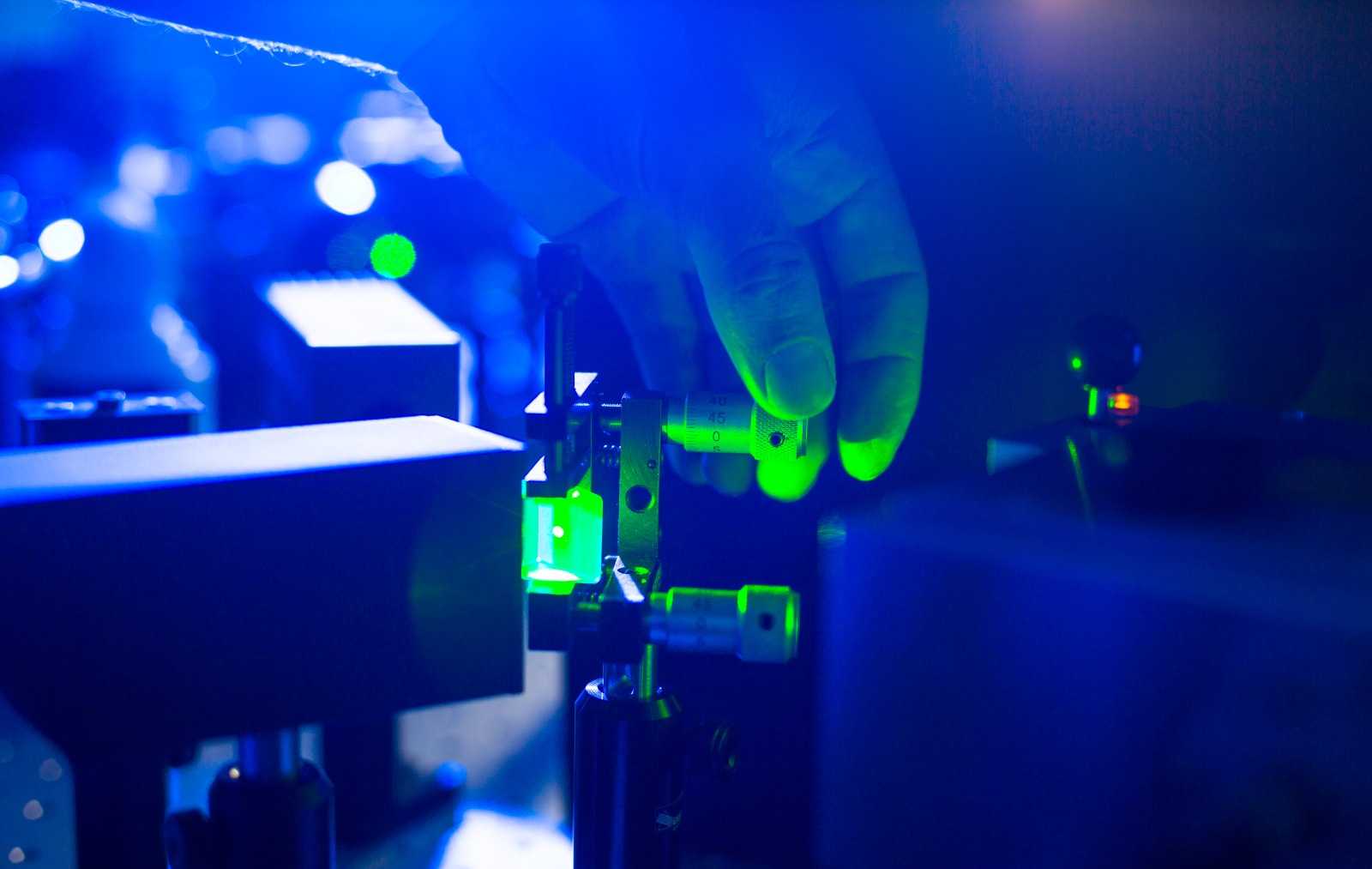
Samsung's offering up spoilers at what we can expect from future Galaxy smartphones -- already. They will likely feature ISOCELL, the company's new CMOS imaging sensor. It adds "advanced pixel technology" that polices the absorption of electrons for improved color fidelity, even when lighting isn't ideal. The new sensor will head to new "premium" smartphones and tablets, with mass production scheduled to start in Q4 2013. Samsung's ISOCELL tech improves on current BSI (back-side illuminated) sensors by adding a "physical barrier between neighboring pixel". The science behind it means that more photons can be collected and that's what will improve image quality. This between-pixel crosstalk is apparently reduced by 30 percent, and increases the dynamic range of photos by up to 30 percent -- as you'll note from the washed-out petal tips in the sample above.
Samsung explains that "market pressure" has meant it had to increase camera resolution and image quality, without increasing the size of the camera unit. This meant that pixels had to shrink, "while improving their performance at the same time". Interestingly, this sensor is specifically for 8-megapixel units, which could mean a drop down from the 13-megapixel camera seen in the Galaxy S 4. A full camera unit housing ISOCELL would also take up less space inside devices compared to previous imaging sensors, with a reduced height that sounds like it could be ideal for the company's future high-powered, even thinner smartphones.
Filed under: Cellphones, Cameras, Mobile, Samsung
Comments
Source: Samsung Tomorrow
 Photons are among the most ubiquitous, but loneliest particles in the quantum world -- they're always around us, but never interact with each other. Scientists from MIT and Harvard have managed quite a feat then, by observing groups of three photons...
Photons are among the most ubiquitous, but loneliest particles in the quantum world -- they're always around us, but never interact with each other. Scientists from MIT and Harvard have managed quite a feat then, by observing groups of three photons...
 Photons are among the most ubiquitous, but loneliest particles in the quantum world -- they're always around us, but never interact with each other. Scientists from MIT and Harvard have managed quite a feat then, by observing groups of three photons...
Photons are among the most ubiquitous, but loneliest particles in the quantum world -- they're always around us, but never interact with each other. Scientists from MIT and Harvard have managed quite a feat then, by observing groups of three photons...
 Counterfeit jewelry is a big business. Sometimes the fakes are so convincing that it can be nearly impossible to tell if that Rolex you're eying is the real deal unless you have special equipment or an extremely trained eye. That's something the folk...
Counterfeit jewelry is a big business. Sometimes the fakes are so convincing that it can be nearly impossible to tell if that Rolex you're eying is the real deal unless you have special equipment or an extremely trained eye. That's something the folk...
 Today on In Case You Missed It: A professor from California is working on a plan to use photonic propulsion to get a spacecraft to Mars within 72 hours. It would use get the craft off of earth with the power generated by photons leaving a laser.
Today on In Case You Missed It: A professor from California is working on a plan to use photonic propulsion to get a spacecraft to Mars within 72 hours. It would use get the craft off of earth with the power generated by photons leaving a laser.
 America's mad science division wants the ability to see the building blocks of light, but needs the scientific community's help to do so. The agency is launching one of its famous open calls for knowledge, this time under the auspices of the Fundamen...
America's mad science division wants the ability to see the building blocks of light, but needs the scientific community's help to do so. The agency is launching one of its famous open calls for knowledge, this time under the auspices of the Fundamen...


